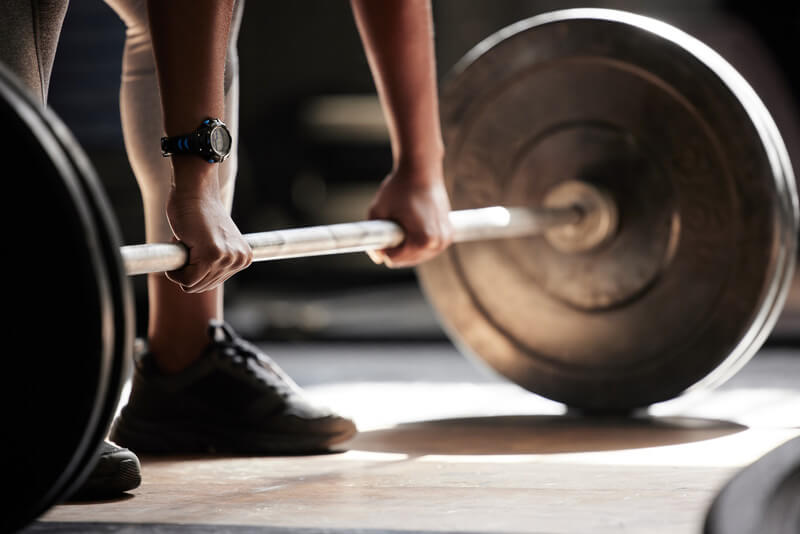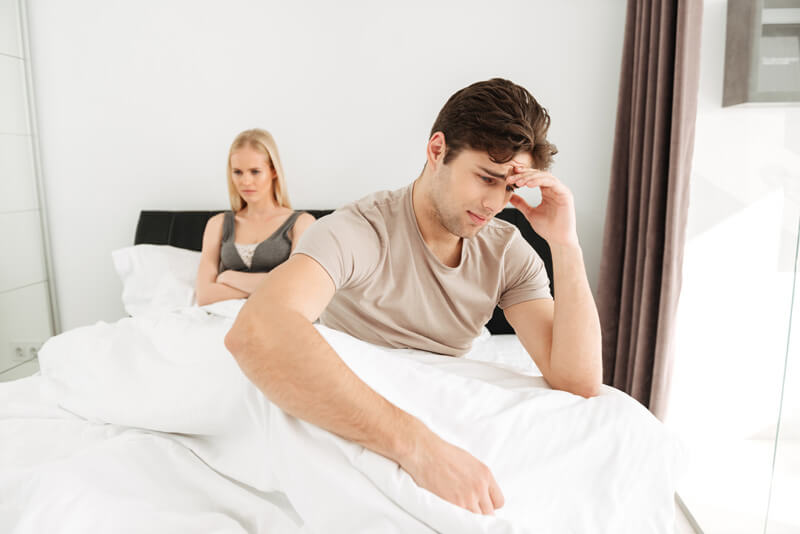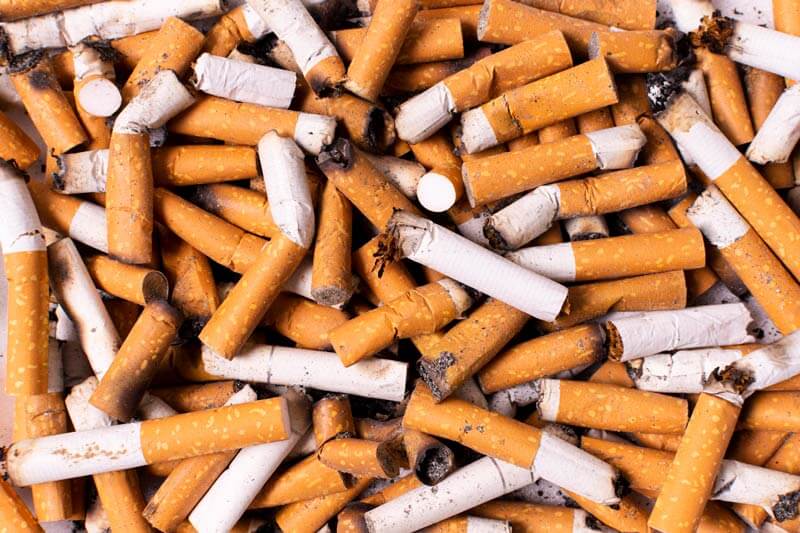As men, we are all pretty guilty for not always taking care of ourselves. Many of us avoid doctors and regular checkups and have decided to believe that nothing is happening until … It’s already affecting us.
Well, my friends, I’m not here to make you go to the doctor. But I’m here to encourage you to stay healthy. So, let’s talk about prostate health
Prostate issues are more common than you might think – especially as we age. These problems include prostatitis, benign prostatic hyperplasia (BPH) and prostate cancer. So, without further ado, here’s how you can maintain a healthy prostate in 6 simple ways.
How the prostate changes
It’s easy to get a little scared at the thought of a prostate change. Especially since many of us believe that all change is wrong. But this is not really the case for the prostate.
In fact, a male in his 20s has a prostate about the size of a walnut, but by the time a man reaches 40, it can have grown to be more apricot-sized. While an enlarged prostate may show some symptoms in some men, this is not always the case.
What is the prostate?
The prostate, part of the male reproductive system, is located under the bladder, directly in front of the rectum. This simplifies navigation during digital rectal examination (DRE).
Usually, the prostate grows with age – in men under 40, it is usually the size of a walnut. The primary function of the prostate is to produce and secrete prostate fluid, one of the components of sperm. In addition to keeping your sperm healthy, this fluid can also help carry them.
The prostate fluid normally contains about 30 to 35% sperm volume. About 60% of sperm comes from the seminal vesicle, but 5% of semen is sperm that forms in the testicles.
Enlarged prostate: What to look out for
It is normal for prostate size to change with age. There are usually two periods in which the prostate experiences the greatest growth:
- During early puberty (when the prostate doubles in size)
- Continued through a man’s life, from around the age of 25
As a man ages, many symptoms, called lower urinary tract symptoms (LUTS), can occur. One of the most common symptoms of an enlarged prostate is the need to urinate at night, more frequently than usual.
Here are some of the common LUTS you may experience:
- Needing to urinate quite often
- Needing to get up and urinate more often during the night (nocturia)
- Trouble starting to urinate
- Feeling as though your bladder is full, even after you’ve just urinated
- A weak urine stream
- Starting and frequently stopping while urinating
- Having to strain to urinate
Most common prostate issues
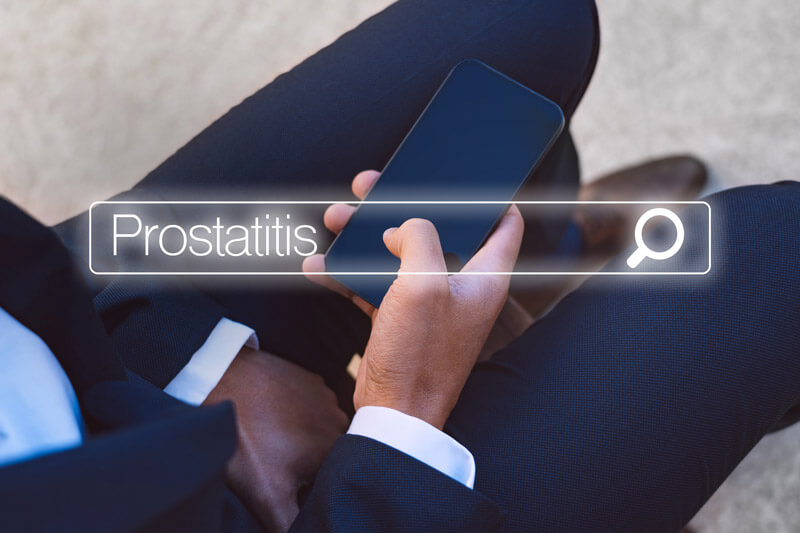
Of course, as we age, we have a higher risk of prostate problems. Common problems include benign prostatic hyperplasia (BPH), prostatitis and prostate cancer.
Benign prostatic hyperplasia
Also called enlarged prostate – benign prostatic hyperplasia or hypertrophy (BPH) is common in older men. According to research, about 50% of men have between the ages of 51 and 60 have BPH. This number increases with age, with about 90% of men over the age of 80 suffering from BPH.
Prostatitis
Inflammation of the prostate – or ‘prostatitis’ – results in a swollen and sensitive prostate. It’s more common than you might think for men of all ages. While this may seem a little scary, it’s important to realize that it doesn’t increase the risk of prostate cancer.
Also Read: 7 men’s health facts you should know
Both inflammation and bacteria can be the cause of prostatitis. Here are the four main types to look out for:
- Acute bacterial prostatitis – Due to bacteria, this type of prostatitis develops rapidly. Fortunately, this is the simplest form to treat. Common symptoms include blood in the urine and fever / cold – and can be treated with 2 to 4 weeks of antibiotic treatment.
- Chronic bacterial prostatitis – Also caused by bacteria, however, this form is much slower at developing. One of the main symptoms is a reoccurring bladder infection. As many as 60 to 80% of patients experience improvement within a few weeks after antibiotics.
- Chronic pelvic pain syndrome (CPPS) – This type of prostatitis has symptoms that vary from one man to another and may include: pelvic pain, ejaculatory pain, and difficulty urinating. Treatment is to some extent dependent on your symptoms and includes alpha-blockers, antibiotics and anti-inflammatory drugs.
- Asymptomatic inflammatory prostatitis – This type has no symptoms, but is often detected when tested for other conditions. Because it is asymptomatic, treatment is usually not necessary.
Prostate cancer
The most common cancer in men (after skin cancer) in the United States, The American Cancer Society estimates that 248,530 men will be diagnosed with prostate cancer and about 34,130 will die from the disease.
Unfortunately, age is the most important risk factor for prostate cancer – so it is rare in men under 40 years of age. However, after the age of 50, the chances of prostate cancer increase sharply.
There are additional risk factors too, including:
- Being African-American
- Family history
- Smoking
- A diet high in saturated fat
6 ways to keep your prostate healthy
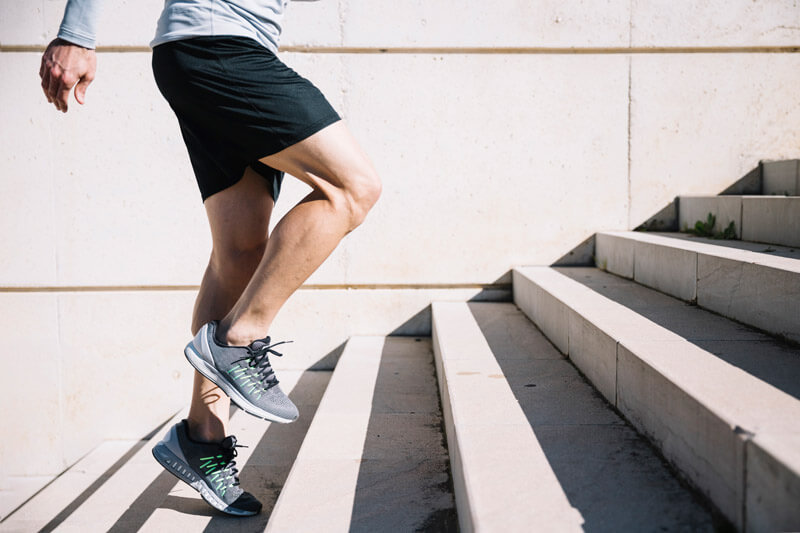
1. Quit smoking
We all know that smoking can be harmful to us. Not only does quitting smoking benefit your overall health, but it is one of the most effective interventions you can make for the health of your prostate.
Although there is ample scope for further research into smoking and prostate cancer, we know that men with prostate cancer who smoke have a 61% higher risk of dying from the disease – compared to men who do not.
2. Monitor your weight
High BMI (body mass index) often contributes to various health and disease problems. Taking care of your weight can help you lead a happier and healthier life overall. When it comes to prostate health, there is not much research that links high BMI to an increased risk of prostate cancer.
However, research has shown that if an obese man develops prostate cancer, a higher BMI puts him at greater risk of developing more aggressive and fast-growing forms of prostate cancer.
3. Get plenty of exercise
As mentioned above, a healthy BMI can contribute to your overall health and the health of your prostate. It’s time to get exercising! To reduce your risk of prostate cancer and reduce your risk of death once diagnosed, it is recommended that you exercise 3+ hours a week.
Research has shown that men who get 3+ hours of exercise weekly were 61% less likely to die of their cancer when compared to men who exercised less than 60 minutes a week.
4. Eat a healthy, varied diet with heart-healthy foods
The risk of prostate cancer may be increased in men who eat high-fat foods. To date, however, there is no real solid research that shows that reducing fat or adding fruits and vegetables to the diet can help reduce a man’s risk of prostate cancer.
Also Read: Male menopause: Real or total myth?
However, research has shown that a healthy diet that is high in omega-3 fats (especially salmon), low in saturated fats (especially red meat and dairy products) and high in antioxidants (eg tomatoes, berries) can support a healthy prostate.
5. Get plenty of vitamin D
A common deficiency in older men, some researchers believe there’s a link between vitamin D deficiency and higher rates of BPH. However, there is plenty of room for further research. Either way, it’s important to keep on top of your vitamin D levels, especially if you live somewhere with little sun.
6. Speak to a healthcare provider about prostate cancer screening
At the beginning of this article, I mentioned how many of us avoid seeing a doctor or other medical professional, even though we think something may be wrong. If you are at high risk for prostate cancer due to your ethnicity or family history of prostate cancer, it is especially important to seek advice and participate in prostate cancer screening.
Our conclusion
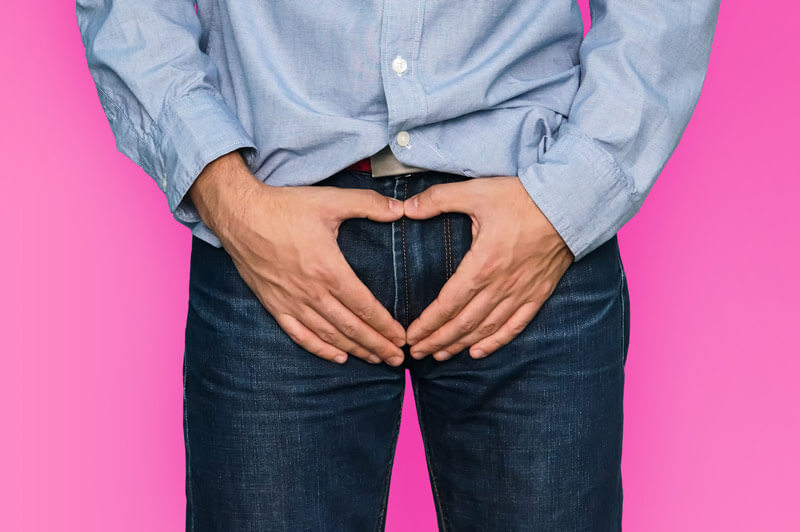
It is never too early to start thinking about the health of your prostate. Since this type of disease is very common, especially as we age, it is very important to be aware of potential changes and act upon them.
Always consult your healthcare provider if you experience urinary or sexual symptoms.
Taking care of your overall health through a healthy diet and regular exercise can benefit prostate health.







